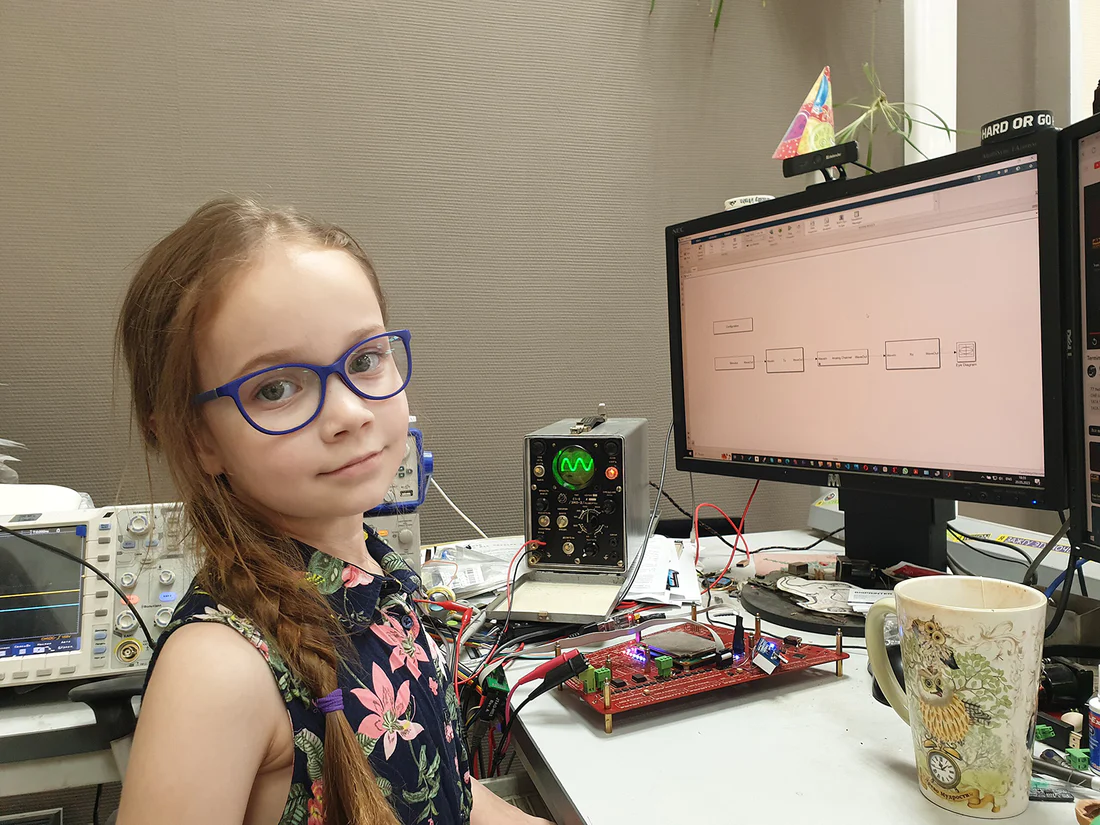
This article first appeared in PS Audio’s Copper Magazine.
In our world of high-end audio, we often find ourselves tangled in the web of specifications, measurements, and tangible data. As a self-admitted crazy audiophile and a 50-year veteran in designing audio equipment, I’ve always believed that while numbers and graphs are crucial, they don’t tell the whole story. There’s a world beyond the measurable – what I like to call the unmeasurable aspects of sound.
Let’s start with the emotional response to music. It’s a universal truth that music can evoke a range of emotions, from the deepest sorrow to the heights of joy. But how do you measure the goosebumps you get when listening to a live recording of your favorite band? Or the tear that trickles down when a familiar melody reminds you of something in your past? These reactions are profoundly personal and beyond the scope of any measuring device. As audiophiles, we often seek equipment that can recreate this emotional resonance, making us feel as if the artist is performing right in front of us.
It’s the essence of what we’re all about.
The “live vs. recorded” debate is another area where the unmeasurable aspects come into play. Many argue that no recording can capture the magic of a live performance. There’s truth in this; a live concert is not just about sound. It’s about the energy in the air, the interaction between the artist and the audience, and the collective experience of being part of something unique. However, high-fidelity sound systems strive to bridge this gap (and sometimes exceed it). The goal is to reproduce sound so accurately that you close your eyes and feel as if you’re there, amidst the crowd, feeling every beat and every note in your core. This “presence” is something we cherish, yet it defies quantification.
How do you measure that?
Then there’s my favorite, the aspects of “soundstage” and “imaging.” These terms refer to the ability of an audio system to create a three-dimensional auditory space. A well-set-up system can place each instrument and voice in its own distinct spatial location, much like in a live performance. How do you quantify the breadth and depth of this soundstage or the accuracy of imaging? Sure, there are measurements for channel separation and frequency response, but they hardly scratch the surface of what you experience when a sound system gets it just right, creating a holographic illusion of a live performance.
Another unmeasurable aspect is the timbre of sound. Timbre refers to the color or quality of sound that makes a particular musical instrument or voice distinct. It’s what makes a piano sound different from a guitar, even if they’re playing the same note. High-end audio equipment aims to reproduce these timbral nuances faithfully, but how accurately it does so cannot be fully encapsulated by numbers (though one could argue that phase accuracy and harmonic faithfulness might qualify). It’s more about the listening experience, about recognizing and appreciating the subtleties in different instruments’ sounds.
Lastly, let’s talk about the personal connection we have with our audio systems. For many of us, our sound systems are more than just a collection of components; they are a gateway to our past experiences, memories, and emotions. The warmth of a tube amplifier might remind someone of their first encounter with high-fidelity sound.
Think about the first high-end audio component you ever purchased or the first time a piece of music truly moved you through a quality system. These experiences often mark significant milestones in our lives. For instance, I recall the first pair of high-fidelity speakers I ever encountered. A pair of JBL corner horns playing Edgar Winter’s “Frankenstein.” A truly life-changing event for me.
The process of building and curating a sound system is deeply personal. Each choice, from selecting a DAC to finding the right cables, reflects our individual preferences, our unique approach to sound, and our interpretation of what music should feel like. It’s akin to creating a piece of art; every component is a brushstroke that contributes to the final masterpiece. The system becomes a reflection of our personality, our tastes, and even our philosophy towards music and sound.
The personal connection also extends to the rituals and experiences associated with listening. For many of us audiophiles, listening to music is not just a passive activity; it’s an immersive ritual. Dimming the lights, selecting a record, adjusting the volume, and settling into our favorite listening spot – these acts transform listening into a meditative, almost sacred, experience. It’s a time when we disconnect from the hustle and bustle of the world and connect deeply with the music. This ritualistic aspect adds a layer of personal significance to the experience, making it about more than just sound quality.
While the quantifiable aspects of high-end audio equipment are undeniably important, they don’t provide the complete picture. The unmeasurable aspects – the emotional response, the live vs. recorded debate, soundstage, timbre, and personal connection – are equally vital in shaping our audiophile experience. They remind us that at the heart of our pursuit for perfect sound lies not just a quest for technical excellence, but also a deep, emotional journey through the world of music and memories. It’s these unmeasurable aspects that transform a mere listening session into an experience, taking us on a journey that’s as personal as it is profound.
Header image: maybe she’s pondering the age-old question of measurements vs. listening. Courtesy of Wikimedia Commons/Maksim Popov.
This article previously appeared in issue 203 of Copper Magazine.
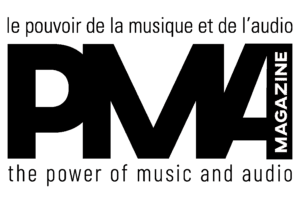
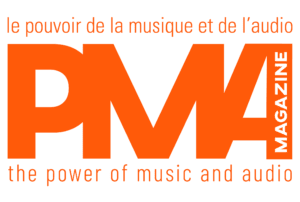

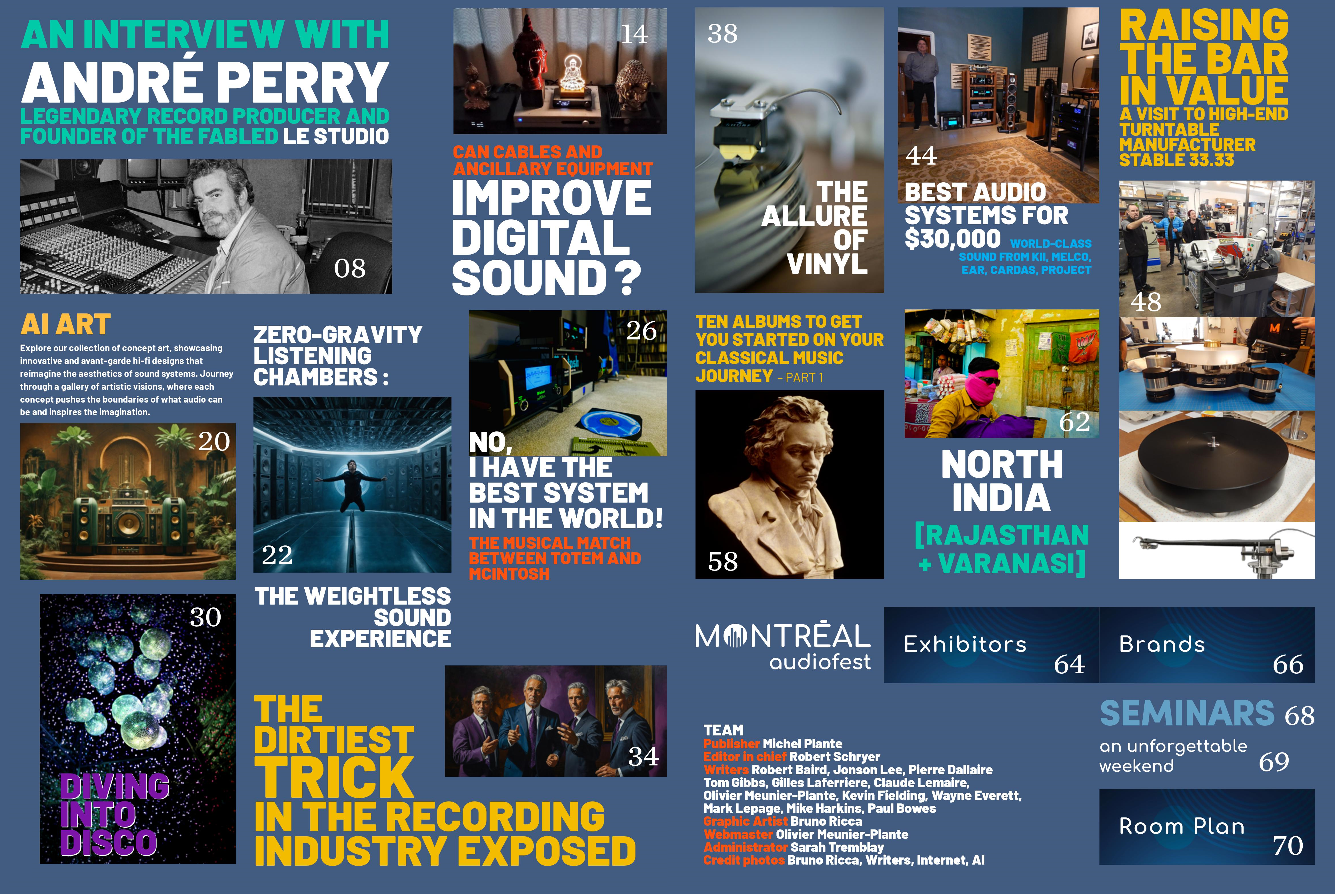
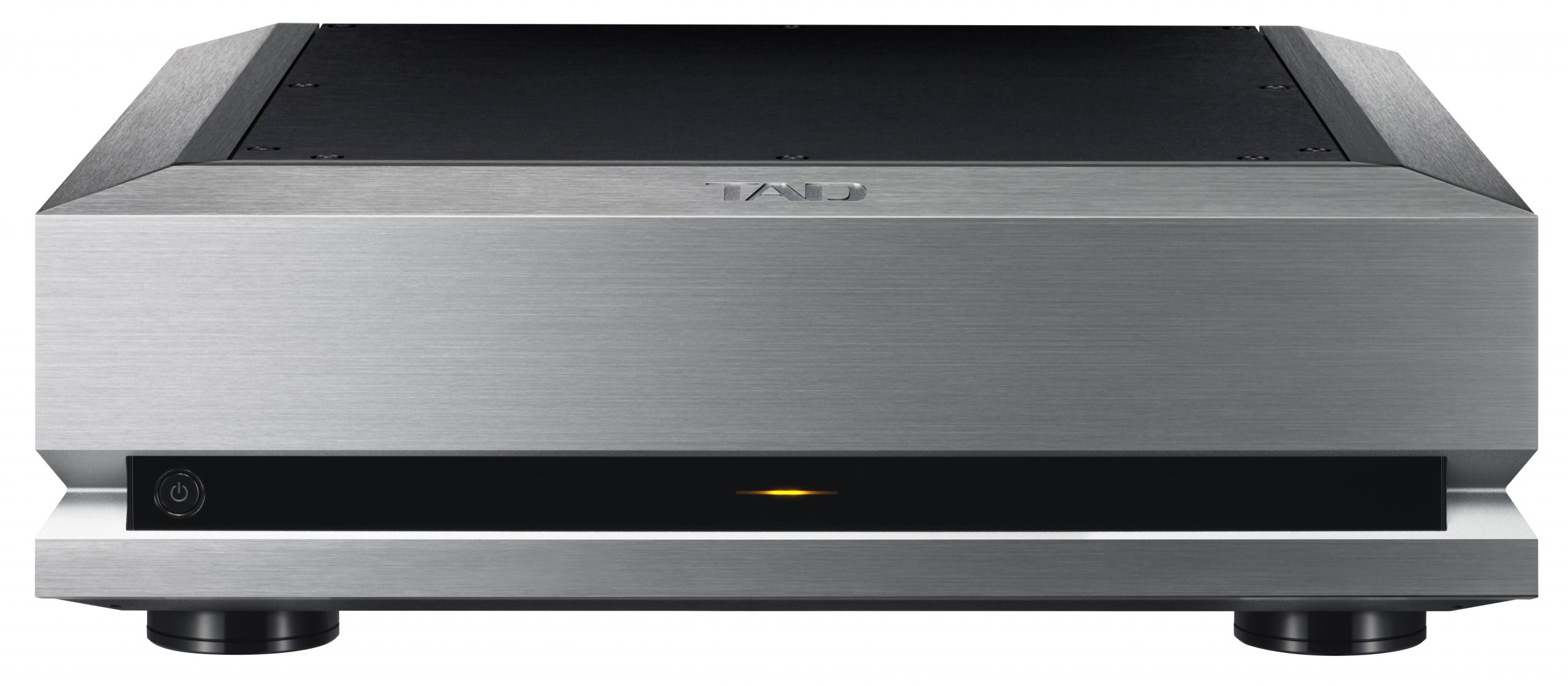

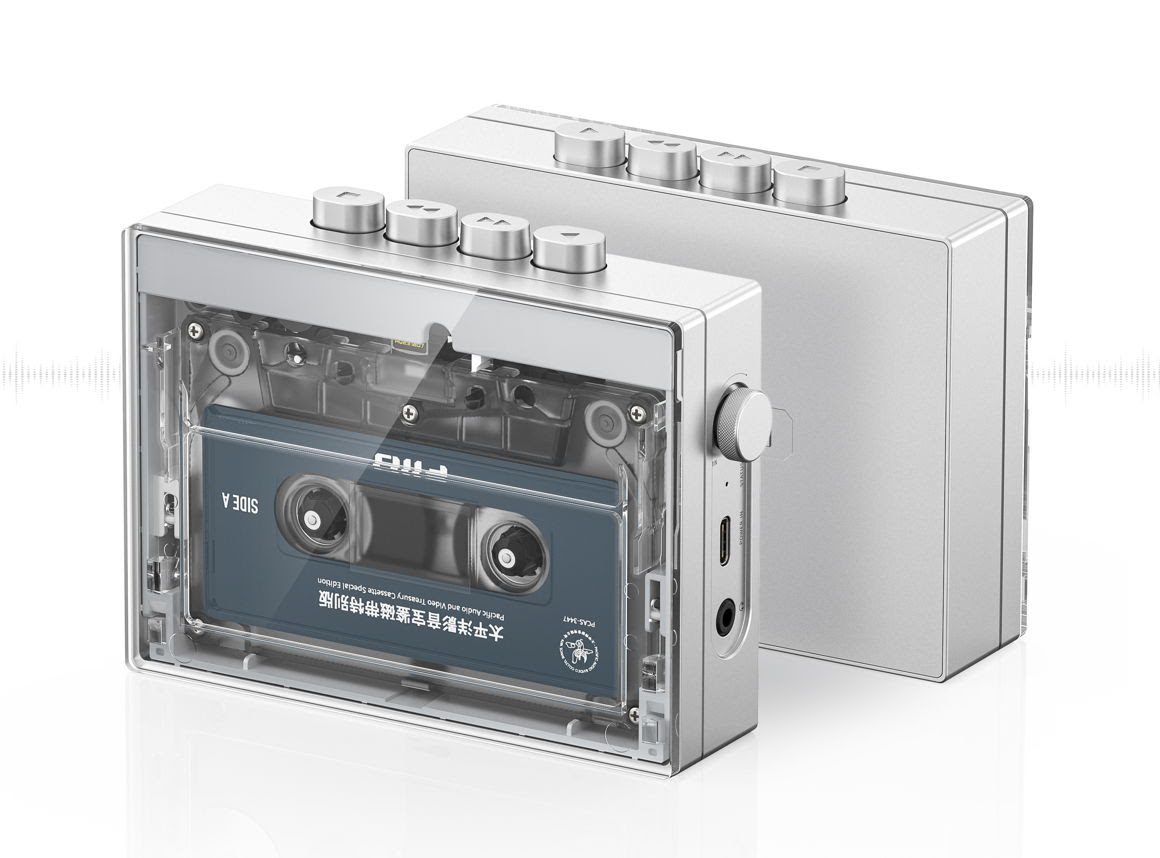

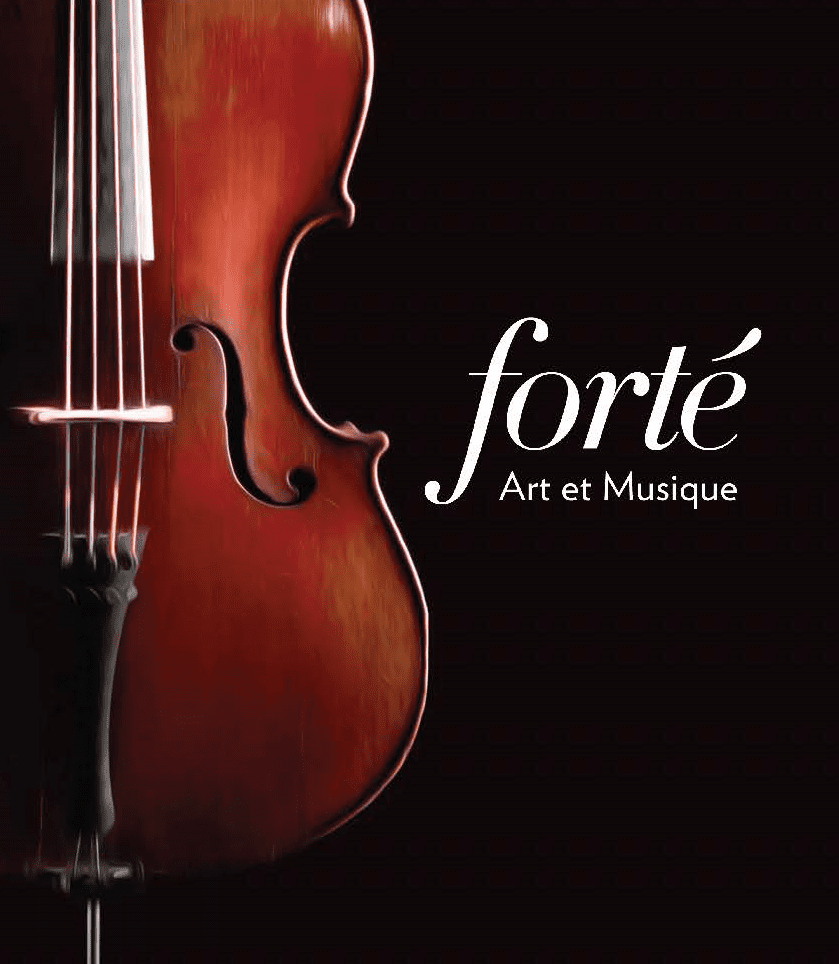
Leave a Reply